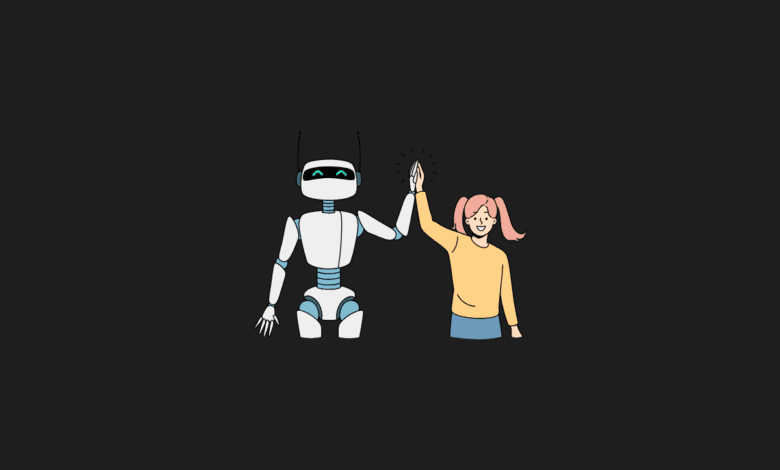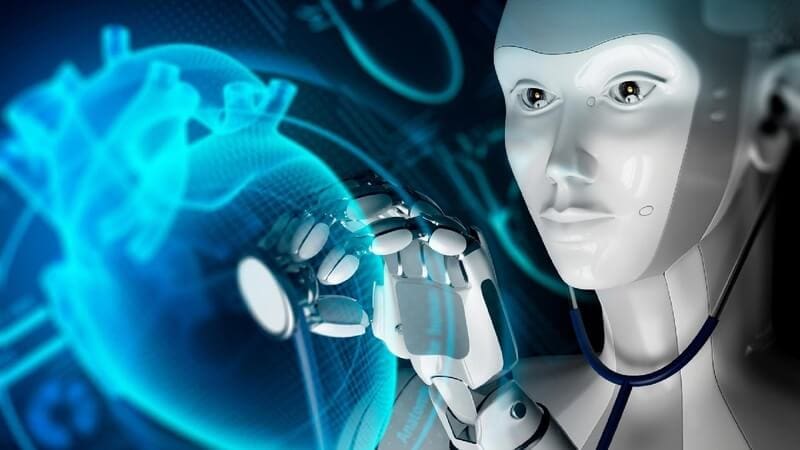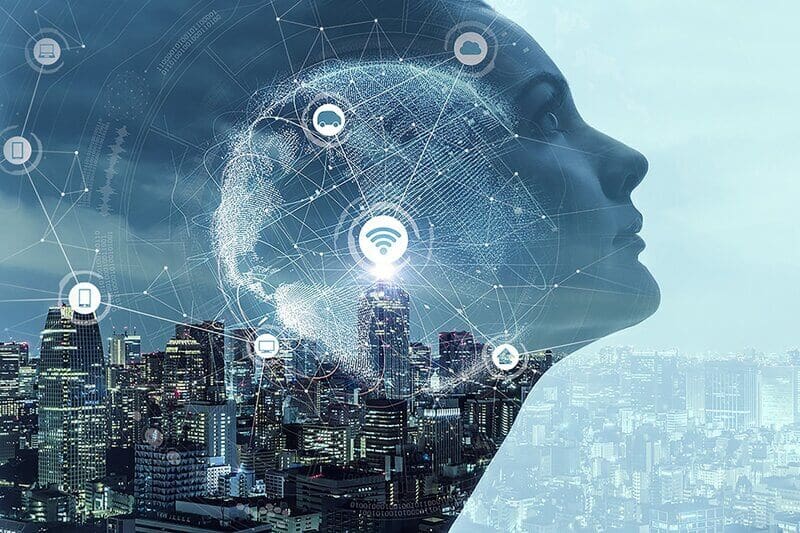How is Artificial Intelligence Trained

Training artificial intelligence (AI), especially in the context of machine learning and deep learning, involves feeding data into algorithms to enable them to make decisions, predictions, or classifications. Here’s a step-by-step breakdown of the process:
Problem Definition

Identify the problem that you want the AI to solve. This could range from classifying images, predicting stock prices, to understanding natural language.
Data Collection

Gather data relevant to the problem. For instance, if you want an AI to recognize cats, you’d gather thousands of cat images.
Data Preprocessing

Clean the data to remove any inconsistencies, errors, or irrelevant information.
Transform the data into a format suitable for the chosen algorithm. For neural networks, this often involves normalization or standardization.
Split the data into training, validation, and test sets.
Model Selection

Choose an appropriate algorithm or model structure based on the problem. For instance, convolutional neural networks (CNNs) are often used for image recognition tasks.
Training

Feed the training data into the model. The algorithm processes the input data and produces an output.
Compare the model’s output with the desired output using a loss function (or cost function). The difference is the “error.”
Adjust the model using an optimization algorithm, like gradient descent, to reduce the error.
Repeat the process using all the training data, often in multiple cycles or “epochs.”
Validation

Use the validation data (which the model hasn’t seen during training) to tune hyperparameters and prevent overfitting. Overfitting occurs when a model performs exceptionally well on training data but poorly on new, unseen data.
Techniques like cross-validation can be used to get a better estimate of model performance.
Evaluation

Once the model is adequately trained and validated, assess its performance using the test set. This gives an unbiased estimate of how the model might perform in real-world scenarios.
Deployment

If the model’s performance is satisfactory, it can be deployed in a production environment, where it can start making predictions on entirely new data.
Iterative Refinement

As the model is used and more data becomes available, it can be retrained or fine-tuned to improve performance.
Throughout this process, various tools, frameworks, and platforms (like TensorFlow, PyTorch, Keras, Scikit-learn, and others) are used to simplify and speed up the development and training of AI models.
It’s also worth noting that not all AI is trained using the above process. Rule-based systems, for example, operate based on predefined rules and don’t require training in the traditional sense. The process described is most relevant for machine learning and deep learning models.
You may also like this content
- The End of Chatbots: Why 2026 is the Year of AI Agents (And What It Means for Your Job)
- Would You Choose a Robot Body or a Digital Mind?
- Nano Banana Pro: Free 4K Photo Upscaling Tool
Follow us on TWITTER (X) and be instantly informed about the latest developments…











